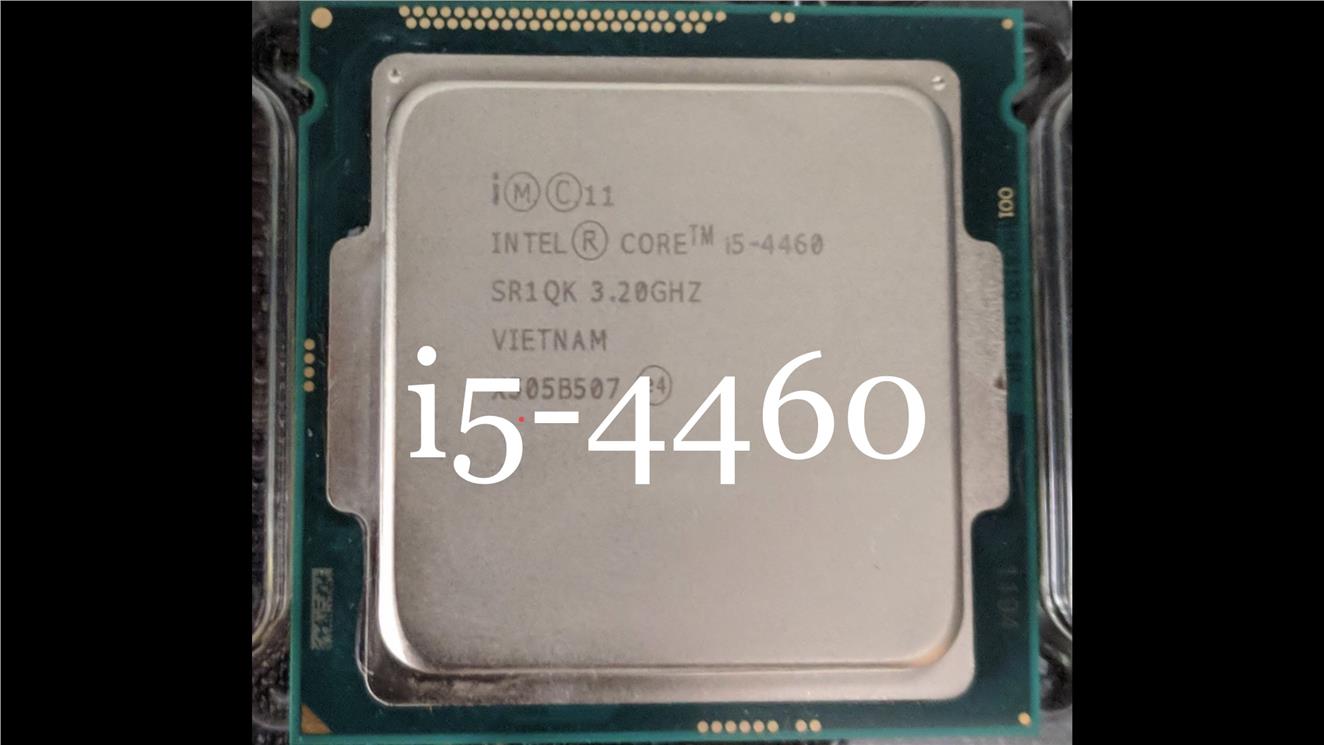The last time when I went to the computer shop to inquire about the latest prices of laptops, I was told that the new laptop had the Intel fourth generation processor. I asked the person the difference between first generation and the fourth generation but he was unable to answer properly only saying that the fourth generation was faster than the 1st, 2nd and 3rd generations.
4th Generation Intel® Core™ i5 Processors product listing with links to detailed product features and specifications. Select from any Intel Core i5 4th Gen to compare 2019 gaming system requirements performance.
So I came home and wanted to know about the philosophy of processor generations on the Internet. To my astonishment, there was no complete guide available which could tell clearly about the Intel processor generations and their differences. After researching a lot, I have enough knowledge that I can write and document the differences which I have found in this article.
The misconception
First of all, many people think that Core i3, i5 and i7 are the processor generations. These are models or brands of processors from Intel. I will write another article about these later as it requires a lot of discussion. Let me list down all the major processor models released by Intel.
- Pentium 1, 2, 3, 4
- Celeron
- Pentium M and Celeron M for mobile devices
- Pentium Dual Core
- Core Solo
- Core Duo
- Core 2 Duo
- Core 2 Quad
- Core i3, i5, i7
The concept of generations mainly comes after the released of Core i series. The difference in processor micro-architecture is the main difference in processor generations. We will discuss about these generations in detail below.
Intel Processor Generations
Intel processor generations is simply have the enhanced feature set and speed than the previous generations. Let’s discuss each generation separately.
1st Generation Intel Processors – Nehalem
Nehalem was the Intel processor micro-architecture which was successor to the initial Core architecture which had certain limitations like inability to increase clock speed, inefficient pipeline etc.
Nehalem used 45 nanometer process as opposed to the 65nm or 90nm used by previous architectures. Nehalem reintroduced hyper-threading technology which was left out mainly in the initial Core i3 processor models.
4th Gen Intel Core I5
The Nehalem processor has a 64 KB L1 cache, 256 KB per core L2 cache and 4 MB to 12 MB L3 cache which is shared with all the processor cores.
2nd Generation Intel Processors – Sandy Bridge
Sandy Bridge micro-architecture was introduced in 2011 to replace Nehalem architecture. Sandy Bridge uses 32 nanometer process as opposed to 45 nm used in Nehalem. Sandy Bridge processor average performance enhancement as compared to Nehalem was about 11.3%.
Sandy Bridge uses the same 64 KB L1 cache and 256 KB per core for L2 cache but the difference is in the L3 cache. Normally the Sandy Bridge processor L3 cache was from 1MB to 8 MB. For extreme processors, it was from 10 MB to 15 MB.
3rd Generation Intel Processors – Ivy Bridge
Ivy Bridge processors are faster than Sandy Bridge processors and use 22 nanometer process as opposed to 32 nm used in Sandy Bridge. This processor model consumes up to 50% less energy and will give 25% to 68% increase in performance as compared to Sandy Bridge processors.
The only problem with Ivy Bridge processors is that they may emit more heat as compared to Sandy Bridge processors.

4th Generation Intel Processors – Haswell
Haswell is the latest generation processor which is released by Intel. Toad set column width. It uses the same 22 nm process like Ivy Bridge. The performance improvement of Haswell as compared to Ivy bridge is from 3% to 8%. Haswell carries a lot of features from Ivy Bridge with some very exciting new features like support for new sockets (LGA 1150, BGA 1364, LGA 2011-3), DDR4 technology, a completely new cache design etc.
The main benefit of Haswell is that it can be used in ultra portable devices due to its low power consumption.
The next generations
After Haswell, Intel is working on 14 nm and 10 nm architectures which is to be named as Skylate. Skylate will has support for PCIe 4.0, DDR4 SD RAM, SATA express and advanced vector extensions 2.2. There is no official word on when Skylate will be released but it is expected to land somewhere in 2015.
4th Gen Intel Core I5-4300u Processor
Conclusion
I5 4570
I hope the article will give some insight about the processor generations. I would love to have your view about this and if I have missed any features of any generation, it would be great to hear from you in the comments.
Must Read Articles:
Archive
- Farm Frenzy 3 Torrent
- Transformers 3 Pc Download
- Borderlands 1 How To Change Fov
- Agarest Generations Of War Mods
- Loud Luxury Feat. Brando Body (dzeko Remix Zippyshare
- Rome Total War Heaven
- Archer Armor Skyrim Mod
- Hypertech 32501 Max Energy Not Allowing Me To Return To Stock Settings In My Truck
- Adobe Creative Cloud Download 64 Bit
- Tractor Simulator Games Free Download
- Skyrim Mods And Achievements
- Moments App For Windows 10
- Foxit Advanced Pdf Editor Crak
- All Of Duty World At War Repack Mr Dj
- Guitar Tuna Pro Apk